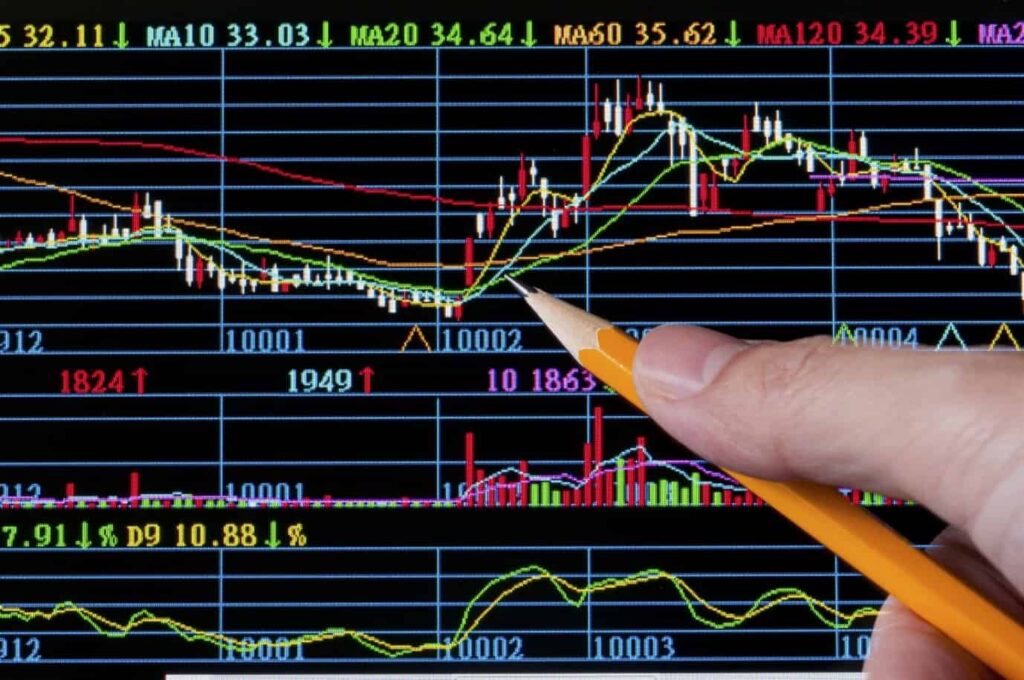In the fast-paced realm of foreign exchange (forex) trading, where fortunes can be made or lost in the blink of an eye, traders are constantly seeking a competitive edge. Among the multitude of tools and strategies available, chart pattern analysis has emerged as a crucial technique for those looking to predict market movements with a higher degree of accuracy. The forex market is inherently volatile and influenced by a complex interplay of global economic factors, making accurate predictions a daunting task. However, by diligently studying and deciphering chart patterns, traders can gain valuable insights into potential price shifts. Chart patterns can be likened to a secret code embedded within the chaotic price movements of currency pairs. These patterns materialize due to the collective psychology of market participants, reflecting their sentiments and decisions. The study of these patterns involves identifying repetitive formations that have historically preceded specific price movements. Two broad categories of chart patterns emerge: reversal patterns and continuation patterns.
Reversal patterns, as the name suggests, indicate a potential reversal in the prevailing trend – from bullish to bearish or vice versa. Examples of these patterns include head and shoulders, double tops and double bottoms. Continuation patterns, on the other hand, signify a temporary pause in the ongoing trend before it resumes. Flags, pennants and triangles are typical examples of continuation patterns. What lends chart patterns their predictive power is the premise that human behavior tends to repeat itself in similar market situations. When a certain pattern forms, traders are who recognize it is likely to react in a manner consistent with previous instances. This collective response can lead to predictable price movements, allowing astute traders to position themselves advantageously. Nevertheless, it is important to note that while chart patterns can offer valuable insights, they are not foolproof indicators of future price movements. External events, unexpected news and shifts in market sentiment can all disrupt the anticipated trajectory.
 To effectively crack the code of forex charts and utilize patterns for predictive xtrade review, traders must invest time in learning the nuances of each pattern, understanding the context in which it occurs and integrating it with other technical and fundamental analyses. This multidimensional approach enhances the reliability of predictions and helps traders manage risks more effectively. Moreover, technology has transformed the landscape of pattern recognition. Advanced charting software, equipped with machine learning algorithms, can swiftly scan multiple currency pairs and timeframes, alerting traders to potential pattern formations. This automation accelerates decision-making and reduces the risk of human error. In conclusion, chart pattern analysis stands as a powerful tool in the arsenal of forex traders, offering a structured approach to decoding the enigmatic world of price movements. These patterns provide a lens through which traders can gauge market sentiment and anticipate future trends.
To effectively crack the code of forex charts and utilize patterns for predictive xtrade review, traders must invest time in learning the nuances of each pattern, understanding the context in which it occurs and integrating it with other technical and fundamental analyses. This multidimensional approach enhances the reliability of predictions and helps traders manage risks more effectively. Moreover, technology has transformed the landscape of pattern recognition. Advanced charting software, equipped with machine learning algorithms, can swiftly scan multiple currency pairs and timeframes, alerting traders to potential pattern formations. This automation accelerates decision-making and reduces the risk of human error. In conclusion, chart pattern analysis stands as a powerful tool in the arsenal of forex traders, offering a structured approach to decoding the enigmatic world of price movements. These patterns provide a lens through which traders can gauge market sentiment and anticipate future trends.